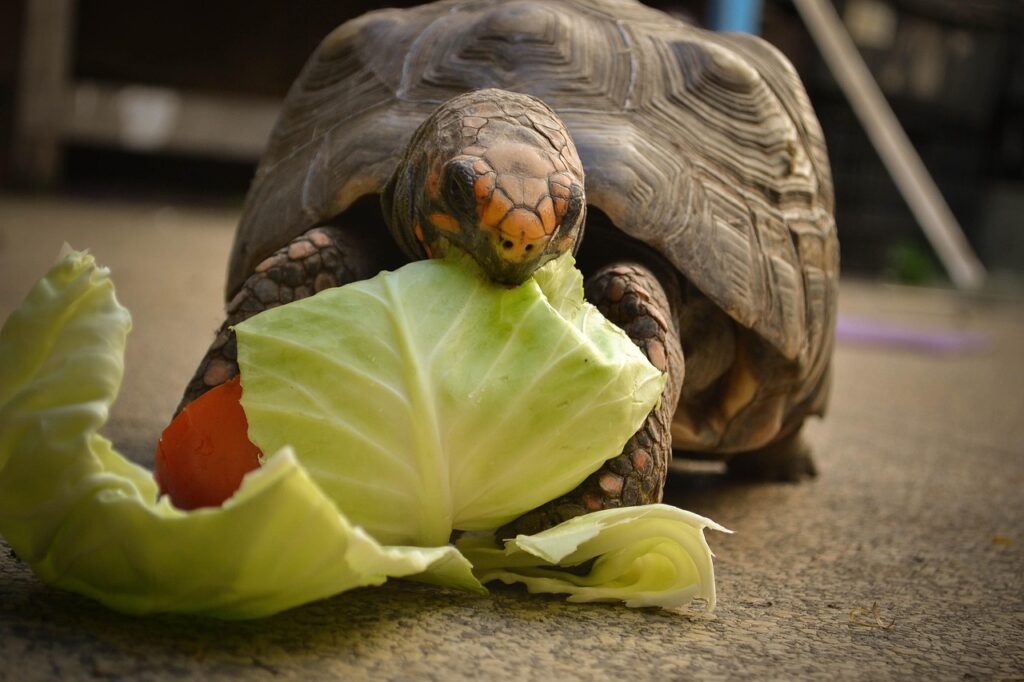Turtles often attack black shoes because they mistake them for predators or other threats. Turtles have poor eyesight and rely heavily on their instincts, which can sometimes lead them to misinterpret objects. Black shoes might resemble the dark shells of enemy turtles or the shapes of animals that pose a danger.

Another reason for this behavior is territorial instinct. In the wild, turtles are very protective of their space. When something new and dark like a black shoe enters their area, they may see it as a threat and react aggressively. This is especially true if the turtle feels cornered or stressed.
Turtles also have a strong sense of smell. If your shoes bear scents unfamiliar to them, they might respond defensively. This combined with their visual confusion makes a black shoe seem like a stranger in their territory. Understanding this behavior can help in preventing unexpected turtle attacks on your footwear.
Understanding Turtle Behavior

Turtles might attack black shoes due to their natural instincts, their ability to perceive color, and their territorial nature. These factors can lead them to show aggression and defensive behaviors when they feel threatened or confused.
Natural Instincts and Aggressive Behavior
Turtles have natural instincts that help them survive in the wild. These instincts include aggressive behavior when they feel threatened or need to protect their territory.
Some species of turtles are more aggressive than others. Snapping turtles, for example, are known for their strong jaws and defensive nature.
Turtles might mistake a black shoe for a predator or rival, triggering aggressive behavior to defend themselves.
Color Perception in Turtles
Turtles can see colors, and their vision plays a big role in how they interact with their environment.
They might perceive certain colors as a threat or food. Black objects, like shoes, can appear as predators.
Different turtle species have varying color perceptions. This perception can lead to aggression if they misinterpret an item’s color, thinking it’s dangerous.
Territorial Nature and Defensive Response
Turtles are territorial creatures. They defend their space from intruders, whether it’s another turtle or an object they see as a threat.
When a turtle feels its territory is being invaded, it may attack to protect its home. This territorial nature is a defense mechanism built over years of evolution.
A turtle might see a person’s black shoe as an intruder, causing it to react aggressively. This behavior is most visible in more territorial turtle species like painted turtles or box turtles.
Interactions with Humans and Objects

Turtles sometimes interact in unexpected ways with humans and objects. These interactions can vary based on the situation, including when turtles encounter black shoes, which may provoke certain behavior.
Turtles’ Response to Human Presence
When humans approach turtles, the reptiles often react by withdrawing into their shells. This is a natural defense mechanism. If the person stays still, turtles might eventually resume their normal activities like feeding or moving around.
Studies show that pet turtles can become more accustomed to human presence over time. Regular gentle handling can reduce a turtle’s stress and make it more likely to respond calmly. However, sudden movements or loud noises can still cause turtles to react defensively.
Most wild turtles remain wary of humans. Approaching them in a non-threatening manner is crucial if you want to observe them without causing stress.
Turtles Attack Black: Separating Myths from Facts
Research suggests that turtles might not specifically target black shoes, but rather respond to certain stimuli. For instance, the color black could resemble natural predators or something blocking their path, thus triggering a defensive response.
Some pet turtle owners have observed aggressive behavior toward black objects, including shoes. These observations suggest that turtles might associate black with danger or a territorial threat.
Not all turtles exhibit this behavior. It can depend on the species and their experiences with different objects. Understanding these interactions helps in better coexistence with turtles and ensures their well-being.
The Role of Color in Turtle Perception
Turtles have a unique way of seeing the world. Turtles rely heavily on color vision, which influences their interactions with their environment.
Color Vision and Visual Perception
Turtles can see a wide range of colors. Their eyes are adapted to detect red, which is important for identifying food and mates. Unlike humans, they have extra visual pigments that help them see ultraviolet light. This enhanced vision helps them distinguish between different elements in their habitat.
Turtles use their color vision to navigate, find food, and avoid dangers. For example, they can see the bright colors of fruits and flowers, which attract them for feeding. Understanding this ability is crucial to explaining their reactions to certain colors, such as why they might attack black shoes.
Contrast and Color Preference
Turtles are sensitive to color contrast. High contrast helps them differentiate between objects in their environment. They are especially attracted to bright, high-contrast colors, which stand out against backgrounds.
Turtles often prefer red and other vibrant colors. These colors are often associated with food sources and safe habitats. Black shoes may stand out against lighter-colored surroundings, catching a turtle’s attention because of the stark contrast. This might explain why turtles react to black shoes more than other colors.
Mistaken Identity: Predators and Prey
Turtles sometimes mistake certain colors for predators or prey. Black shoes might resemble natural threats like black snakes or large birds such as crows and ravens. These animals are known predators of turtles.
Turtles might respond aggressively to black shoes to defend themselves. This behavior is a survival instinct. They aim to protect themselves from potential threats. The black color creates a strong visual cue that triggers a defensive reaction, thus leading to attacks on black shoes.
Conservation and Human Support
Human support is crucial for the conservation of turtles and their natural habitats. By preserving their environment, people ensure that turtles have a safe space to live and grow.
One way to help is through donations to organizations focused on turtle conservation. These groups work to protect turtle nesting areas and reduce pollution in oceans.
Education plays a key role too. Teaching communities about turtle behavior, including why they might attack black shoes as a form of self-defense, helps reduce negative interactions.
Social media can also spread awareness. Sharing information about the fascinating world of turtles encourages more people to get involved in conservation efforts.
Simple Tips to Help:
- Avoid disturbing turtles in their natural habitats.
- Support local and international conservation programs.
- Educate others about turtle behaviors and challenges.
These actions contribute to a healthier environment for turtles, allowing them to thrive peacefully.
